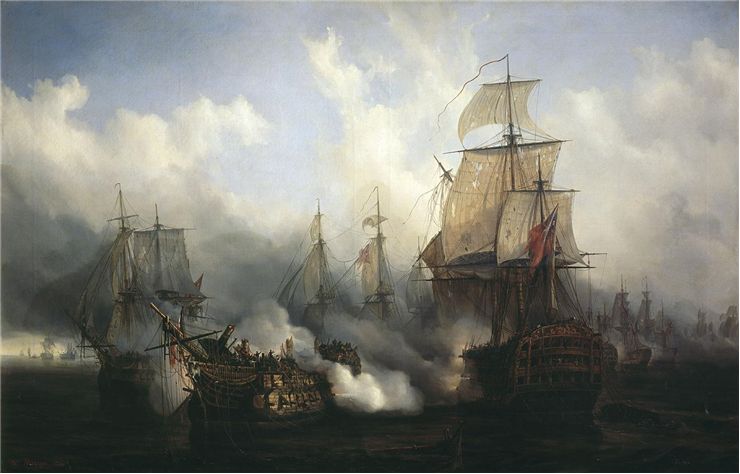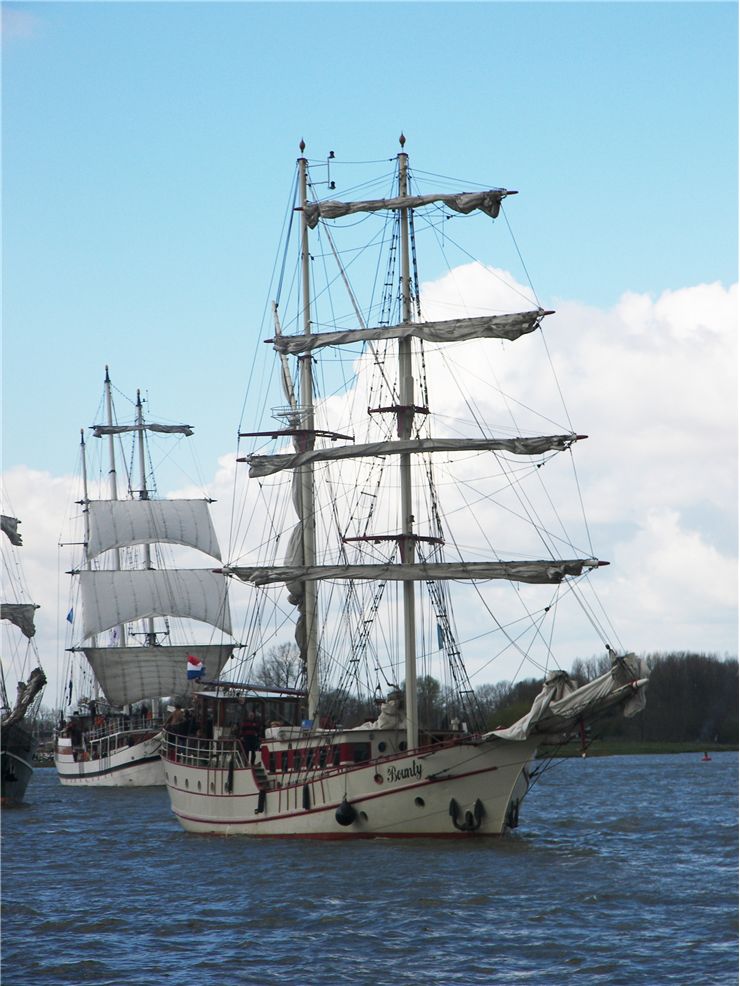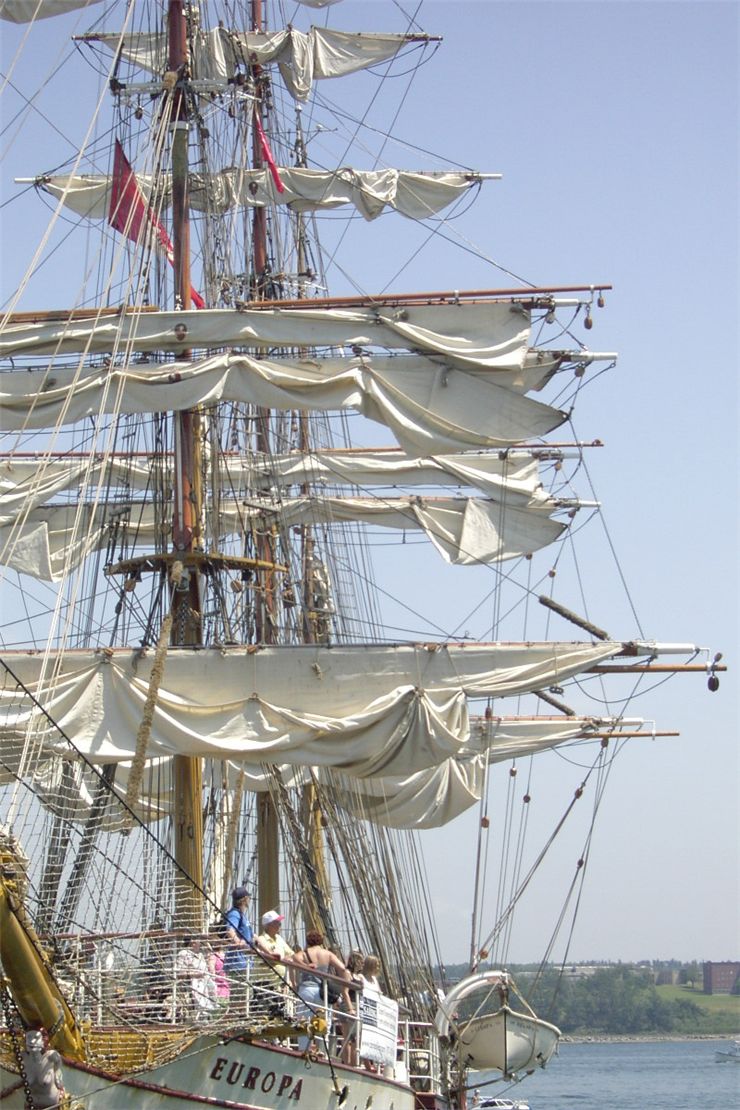History of Sails and Sailing
Sailing is, by definition, propulsion of a vehicle and the control of its movement with large fabric foils called which are called sails. We will here talk about ships with sails. Sailors manipulate the rigging, rudder, keel or centerboard, and with the force of the wind on the sails move the ship and change its direction and speed. Ships powered by wind and sails are easier to power than by oars.
We don’t know precisely when humans started using sails on their ships but the earliest representation of a ship under sail was found on a painted disc from Kuwait which dates between 5000 and 5500 BC. Ancient Egyptians used sails from around 3200 BC on their reed boats which sailed upstream against the current of the River Nile. Ancient Sumerians also had sailing ships at the same time as Egyptians. They used square rigged sailing ships and they established sea trading routes as far away as the Indus valley.
Two main types of rig are the square rig and the fore-and-aft rig. Square sails mounted on yardarms perpendicular to the boat's hull were the first sails that were used because they are very good for downwind sailing. They were known in the ancient Mediterranean and in Northern Europe, and were a logical first step which is shown by them being independently invented in China in the East and Ecuador in the West at about same time. They stayed popular through the Age of Sail and to the present day reaching its maximum development in the clipper ships and trading barques of the late 19th and early 20th century. Triangular fore-and-aft rigs were invented in the Mediterranean while in the Pacific were invented more efficient bi sparred crab claw sails. Other fore-and-aft sails, such as the spritsail, gaff rig, jib, genoa, staysail, and Bermuda rig were developed in Europe between 16th and 19th century. Although ships switched in time to internal combustion engines, sail are still improved and new models are built.
During the Age of Discovery, a period from the early 15th century to the early 17th century, sail ships played a major role. That was a period when European ships traveled around the world to search for new trading routes. New fast ships, like carrack and then the caravel, allowed explorers to cross oceans. They found new trading routes and rediscovered Americas which triggered European expansion and colonization which, in turn, changed the face of the Earth.
The Age of Sail lasted from the 16th to the mid-19th century and was the period in which international trade and naval warfare were dominated by sailing ships. It is counted roughly from the Battle of Lepanto in 1571, which was the last sea battle in which oar-propelled galleys had a major role, to the Battle of Hampton Roads in 1862, when the steam-powered ironclad CSS Virginia destroyed the sailing ships USS Cumberland and USS Congress, which marked the end of use of sail ships in fight and the beginning of the reign of steam ships. That wasn’t complete end of big sail ships and they were used to transport cargo on long voyages well into the 1920s. They were more independent that steam ships because they do not require fuel or complex engines to be powered. On the other hand, steam ships were faster (twice as fast as sailing ships) and didn’t depend on the winds which made them free to reach any point on Earth they desire. That allowed them to push out sailing ships which are today economically viable only for small scale coastal fishing and recreational uses.


